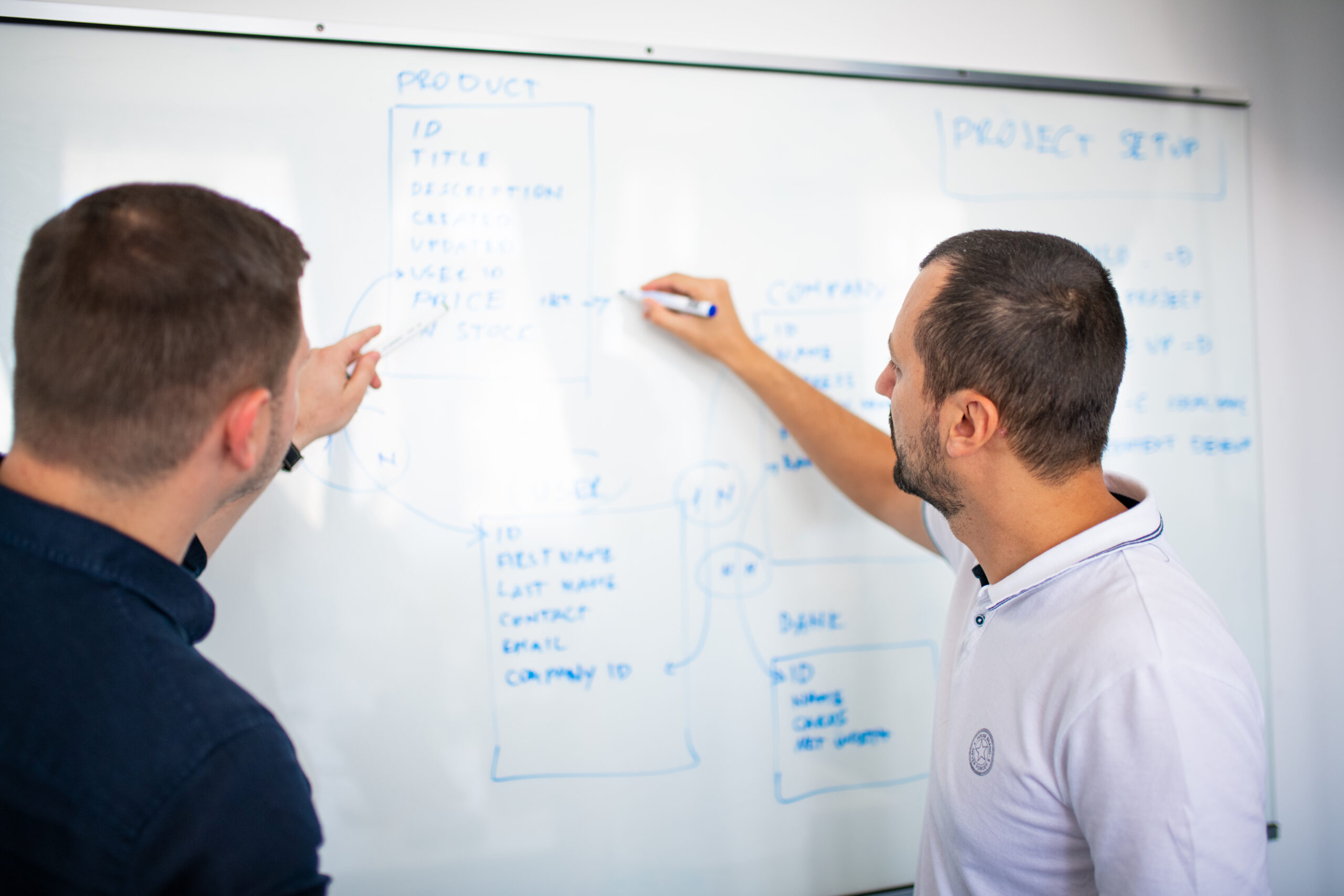
Anyone who has anything to do with the work of IT (primarily) has heard of Agile (though we hope they are practicing it too). Agile is a product development methodology which focuses primarily on the delivery of quality products fast in an iterative way, promoting communication, visual representation, planning, as well as the ability to adapt to change quickly and efficiently.
Agile has been a revolutionary ‘movement’ in the business world and has yielded amazing results (for those who know how to use it, of course). As Agile connoisseurs would know, Agile (specifically Scrum) has sprints, whose duration can be decided by the needs of the project, the requirements, the team, etc., but in most cases let us say that it will have two weeks. What is important about Agile is that you do not have to wait a lot of time to see some improvements (as is the case with other methodologies), but you can actually see iterative results at the end of every sprint, and even have a potentially shippable product every two weeks. This means that even if at some point you decide to stop with your project (from whichever field or industry it may be), you will still have a working product (not fully completed of course). It is important to mention also that when it comes to Agile, what is important is to have a goal for each sprint, that is, to know what it is that you want to achieve during this two-week period. If, for example, you are not able to complete all the tasks planned for that sprint, but the main goal of the sprint is still met, then your sprint does not necessarily have to fail.
One of the things that I have come to appreciate even more, and that is widely encouraged by Agile, is the importance of communication among those involved in the creation of a product, or simply among people sharing the same goal. When individuals talk to each other, they do not only share information, they also have the potential to affect solutions, find better way to do things, brainstorm ideas and share their thoughts, help each other with the issues that they may be facing, and so much more! Communication is the key for the creation of a team spirit and its maintenance as well.
When I first started educating myself about Agile, I did not think that it could affect my mindset so much and my behaviour outside of work, and for the better of course. It does not stop or go away once you leave the office and go home. One of the first things we have learned actually is that even though Agile is very popular in the IT world nowadays, far from it that it is the only industry that employs its structures (the automobile industry was among the first proponents of Agile actually). What this means is that Agile is not set in stone, as its name would also tell you. It can be a part of any business, industry, or more personally, it can be a great way to make headway in any area of your life outside of work as well.
When you practice Agile at work, and for a longer period of time, I have come to realize that it is less about ‘knowing the rules’, but much more about adopting a mindset that has infinite uses for basically anything. All you need to know are the principles it relies on and the reason behind it, and it can positively affect anyone’s both professional and personal life.
For me, employing Agile at work is a non-brainer, but I have come to realize that without thinking about it, and quite subconsciously, it has become a part of my everyday life as well. There are numerous examples for it, one of them being when we were moving into a new place and asked a furniture company to custom-make furniture items for us. Namely, they wanted to finish all the production first and only once they have completed everything to deliver it to us. Now this went against something in my brain, so I asked them to not wait for everything to be done, but to deliver incrementally, once they finish a reasonable portion to deliver it to us. This proved to be so much better for us, because instead of being without a kitchen, a bed and a table for a month, we received the bed after a week, a table after two weeks and the kitchen after a month. Therefore, instead of being without a bed so sleep on for a month, it was only one week. My back is grateful!
Nowadays, I use Agile in my life in general and for all its aspects – for example, to organize house chores with my husband, weekly or monthly grocery shopping and running errands, or even things such as health improvement.
How can all of this help you in your personal life? Well, to start with, set your goal! Decide what it is that you want to focus on and stick with it. For example, your goal may be to lose weight. Well, if it is, let this be your ‘project’ in your personal life. But, you need to focus on the next step is deciding what it is that you need to do to achieve that. Therefore, the next step would be to plan your own ‘backlog’. For example, in order to lose weight, I need to eat less sweets, do exercises, drink more fluids, think positively. Now, ‘prioritize’ these steps based on what is deemed to be the most important for the achievement of your goal, set a timeline for your ‘sprint’ and see how it goes!
However, do not wait for the end to see whether what you are doing is the right thing! Make sure you consult your peers and communicate with them during the process so that you can make any changes along the way and ‘re-prioritize’ if needed. Also, make sure you have ‘visual representation’ of the work you are doing at all times – it will help you remain focused on the goal and what you need to do to achieve it!
Don’t believe me this works – Try it out and let us know how it goes! Agile is not only for product development, it actually has uses for many other areas in life.
You may also like

Streamline your Workflow with Spreadsheet
July 19, 2024

Mastering Business Development in the IT industry: Essential Tips and Tricks
April 10, 2024
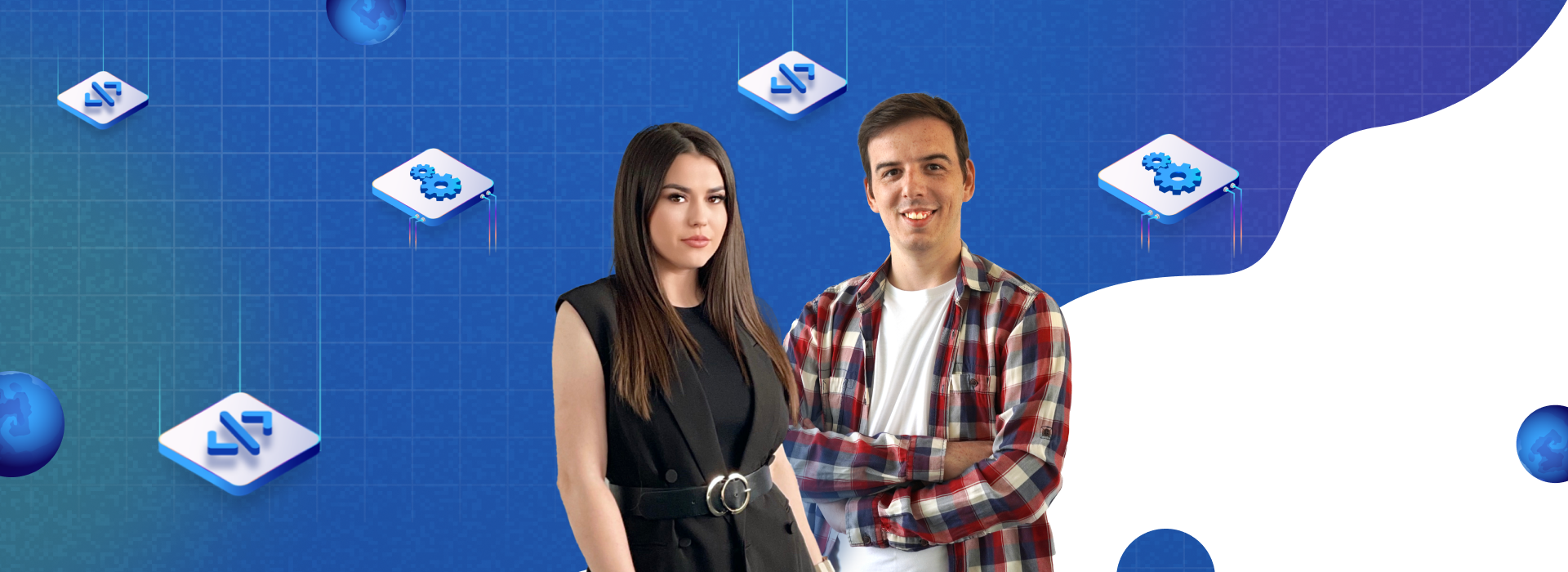
From the Code to the Conference
March 7, 2024

My First Salary as the First Step Towards a Career in IT: Testimonials & Advice
December 4, 2023
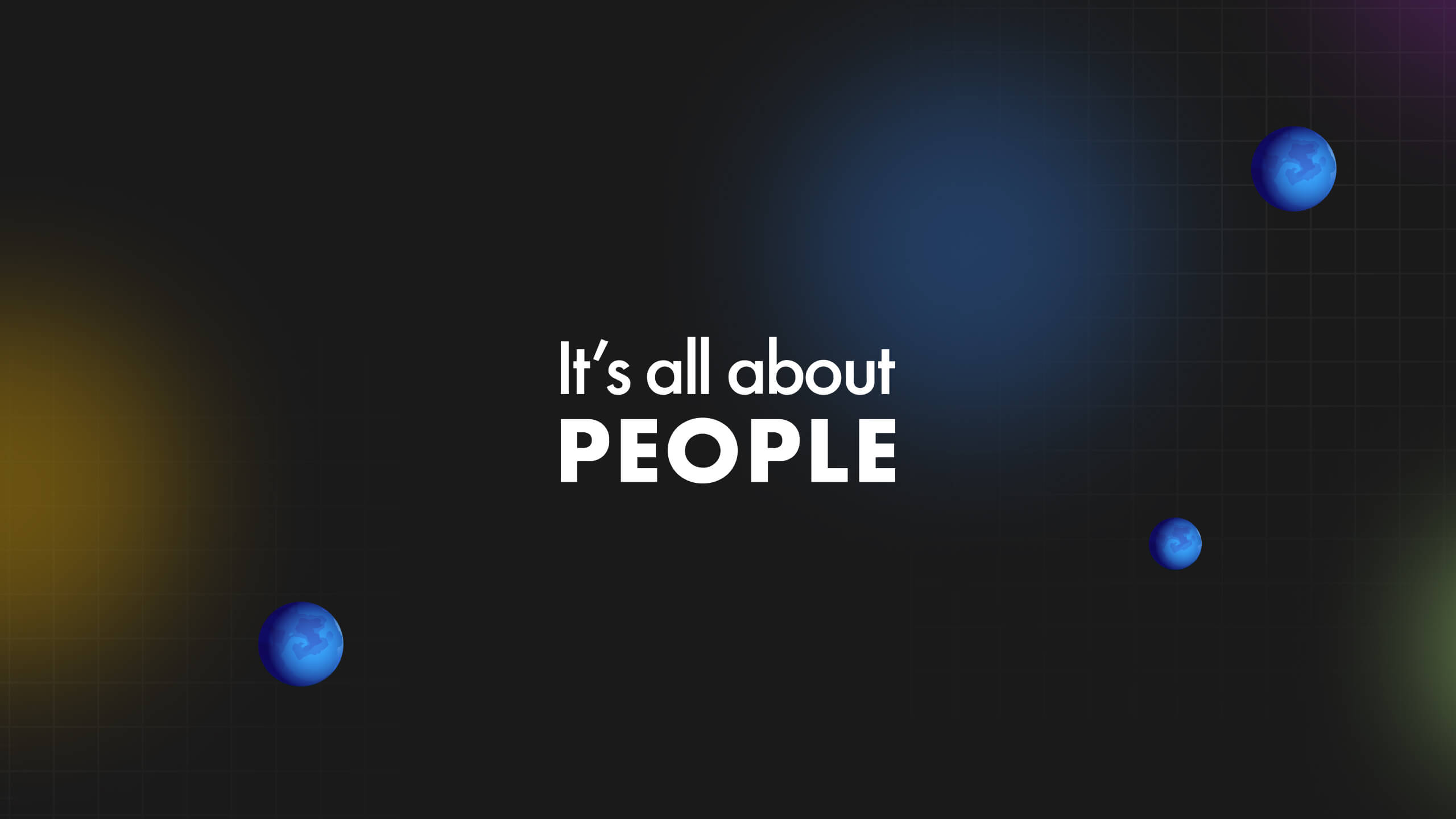
Nurturing Growth Through Mentorship: Three Teams, One Name
October 9, 2023
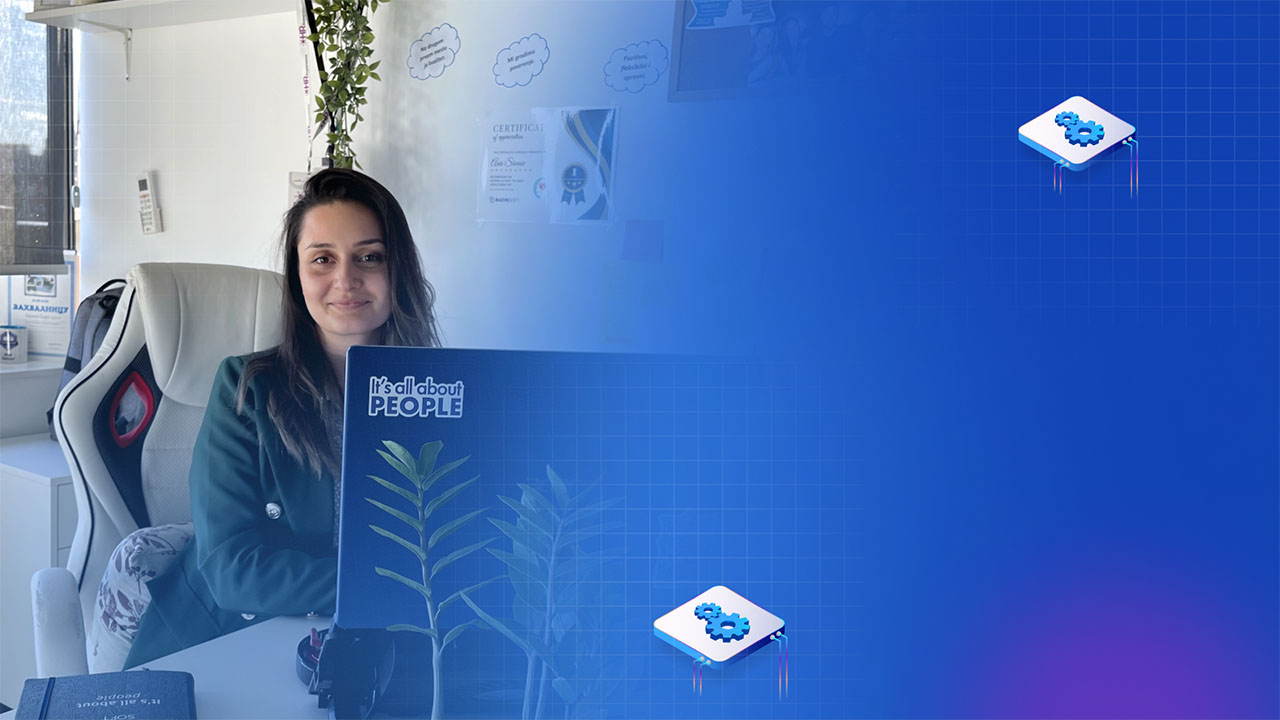
Mirror Neurons: Do They Help Us be Better Leaders?
April 3, 2023

Saveti naših koleginica – Šta biste rekle mlađoj verziji sebe?
March 8, 2023
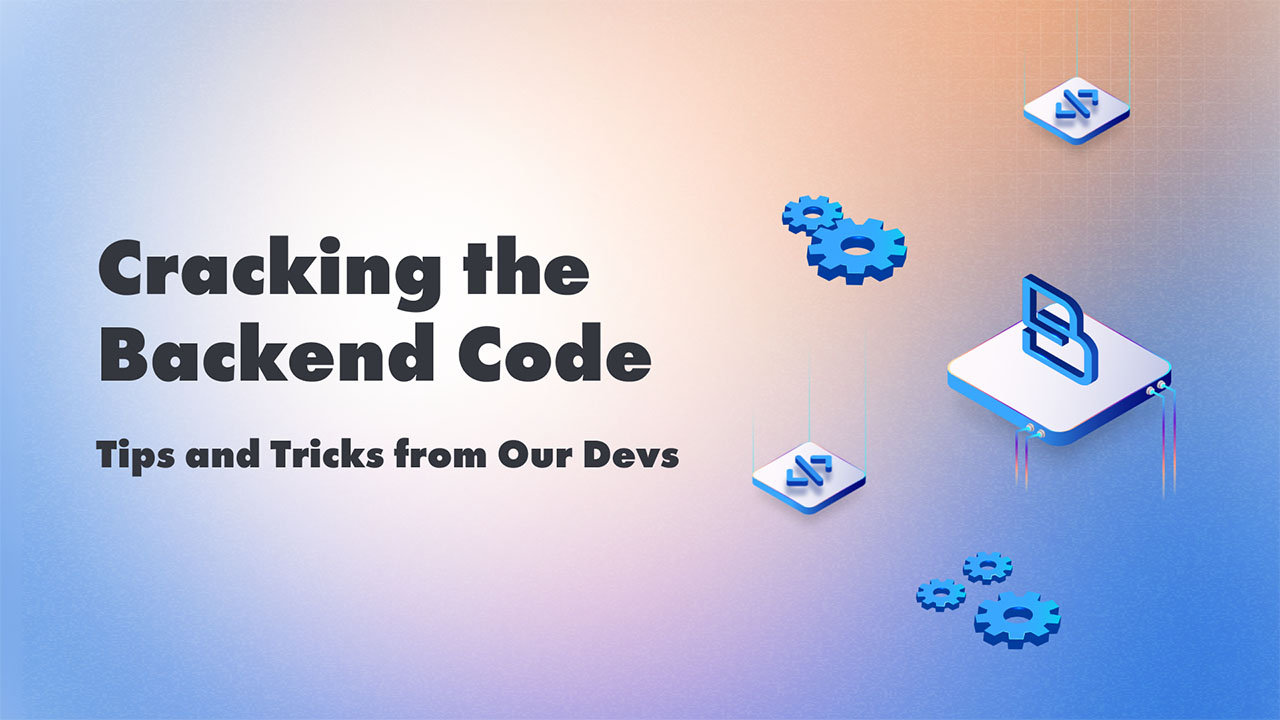
Cracking the Backend Code: Tips and Tricks from Our Devs
February 13, 2023
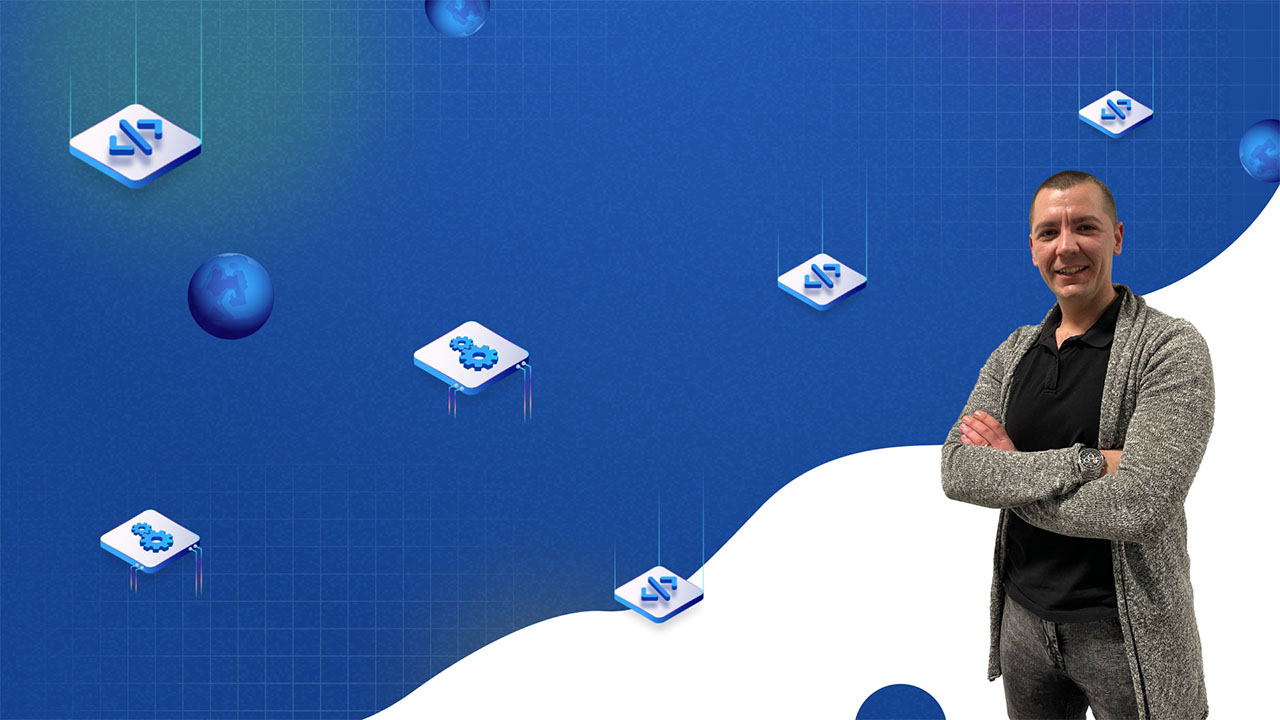
Project Valhalla – “Codes like a class, works like an int.”
January 26, 2023

Mitovi o psihoterapiji
January 20, 2023






